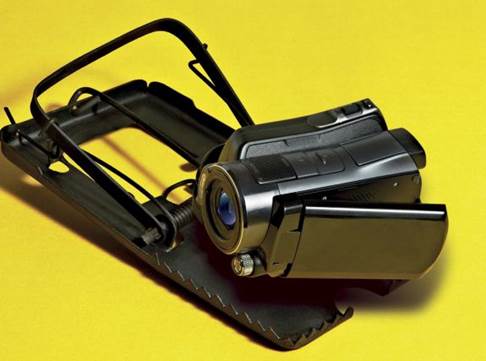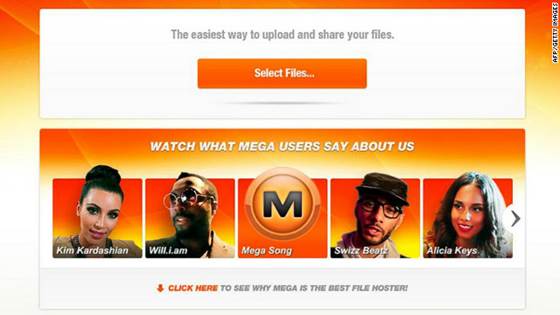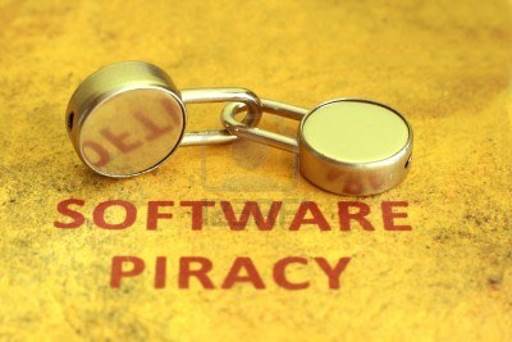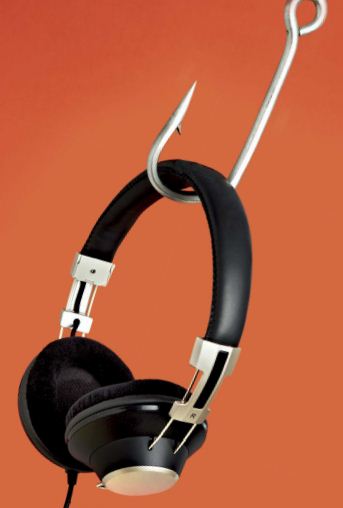There is no denying that piracy is illegal.
There is also no denying the fact that digital piracy is commonplace in this
day and age. As current laws and provisions fail to stop intellectual property theft
and copyright infringement, how will the authorities further respond?
At the crack of dawn, four heavily armed
agents drop onto the rooftop of a mansion in a picturesque New Zealand
landscape. At the same time, armed agents and dog handlers breach the premises
and storm the compound, eventually reaching a panic room where their target is
hiding. The entire effort is co-ordinated by the American Federal Bureau of
Investigations, a government agency belonging to the United States Department
of Justice.

At
the crack of dawn, four heavily armed agents drop onto the rooftop of a mansion
in a picturesque New Zealand landscape.
Who were they after? An international
terrorist? A deranged cult leader? A drug cartel linchpin? The object of the
operation was a man named Kim Dotcom. Born Kim Schmitz in Germany and known by
different monikers including Kimble and Kim Tim Jim Vestor, Kim Dotcom is an
internet entrepreneur and tycoon, also famed founder of the website Megaupload.com.
Dotcom is no saint. He has a long
rap-sheet, which kicked off with stealing and tracking calling card numbers as
a kid. He moved on to embezzlement and insider trading later on, all crimes
already paid for in one way or another. His antics have led him to seek refuge
in Thailand and Hong Kong on previous occasions before finally taking up
residency in New Zealand.
Megaupload.com was once the 13th most
visited URL on the Internet, with a user base of 180 million. Dotcom says that
it is a legal online file-locker and content viewing website. The United States
Department of Justice claims that the site is an intended and deliberate
vehicle for copyright infringement. As such, the FBI is charging Dotcom with
criminal copyright infringement and costing the entertainment industry US$500
million, charges that he denies.

Megaupload.com
was once the 13th most visited URL on the Internet, with a user base of 180
million.
Dotcom describes the company as follows: “Megaupload
is a provider of cloud storage services. The company’s primary website,
Megaupload.com, offered a popular Internet-based storage platform for
customers, who ranged from large businesses to individuals. This storage
platform allowed its users to store files in the Internet ‘cloud’
and to use, if needed, online storage space and bandwidth.”
In other words, Megaupload allowed users to
upload data, information and files which could be downloaded later. However,
online file locker services can also be used for the distribution and
dissemination of copyrighted material. For example, a song could be uploaded to
the cloud, and then downloaded by others without payment to the song’s
intellectual property owners; essentially piracy.
Megaupload was taken down and Kim Dotcom
arrested in early 2012. His assets, about US$17 million, were frozen. Declared
a flight risk, he was remanded in Mount Eden prison without bail. About a month
passed before he was able to overturn previous rulings and was released on bail.
The decision on whether to extradite him to the United States of America will
be delivered in March 2013.
As the case proceeded, New Zealand courts
discovered that the New Zealand Government Communications Security Bureau had
illegally spied on Dotcom, helping the police to ascertain his location and
monitor his communications prior to the raid. During the raid itself,
hard-drives belonging to Kim Dotcom were seized, cloned and the data was sent
back to the US, which breaches extradition legislation. The initial search
warrants used to conduct the raid have also been declared invalid and “too
broad” by the New Zealand High Court.
Whether Megaupload is a legal vehicle or a
pirate website is a matter for the courts to eventually decide. However, the
question arises: Are such harsh measures, following shock-and-awe procedures
more in line with actions taken against individuals posing a threat to national
security, merited for someone who is an alleged pirate? Did the civil and human
liberties of Kim Dotcom have to be violated in order to get him into custody?
But more importantly, what precedent does it set for the manner in which future
copyright infringers will be treated in the near future?

But
more importantly, what precedent does it set for the manner in which future
copyright infringers will be treated in the near future?
Accidental Pirate
The actions taken against Kim Dotcom and
Megaupload are just one example of governments cracking down on internet
piracy. While hard line action sends a public message that piracy will not be
tolerated, governments around the world also spent a large portion of the last
year devising tough legislation which they believe will tackle the problem as
well.
Content producers allege that piracy and
copyright infringement costs the industry billions of dollars and countless
jobs. The veracity of any figure is highly debatable, with numbers from almost
every side being plagued with methodological incongruences. But the impact is
significant enough for a number of companies to lobby for legislation
protecting their interests. One of the fruits of their labor was the Stop
Online Piracy Act (SOPA). Introduced by U.S. Representative Lamar S. Smith,
SOPA was a bill aiming to expand the ability of U.S. law enforcement to fight
online piracy and distribution of counterfeit goods.
The decision to lump copyright infringement
and trafficking in counterfeit goods is one that has been hotly contested.
While creating counterfeit goods can almost always be considered a deliberate
process, you can infringe copyright unknowingly.
For example, if you upload a video of
yourself in your room with a popular song playing in the background, you may be
held liable for copyright infringement since you do not own the rights to
broadcast the song in a public forum. SOPA proposed an expansion of existing
criminal laws in the U.S. to include such unauthorized streaming of copyrighted
content, which would carry a maximum penalty of five years in prison.
Furthermore, according to SOPA section 102,
the U.S. government would also have dispensation to request internet service
providers to alter their DNS servers, so that websites in foreign countries
accused of piracy would be inaccessible. The government would also have the
power to order search engines like Google to modify search results to exclude
foreign websites which host illegally copied material. Payment providers such
as PayPal could also be ordered to shut down payment accounts for accused
foreign websites. Such provisions essentially amount to censoring the internet
and an infringement upon freedom of speech – an inalienable human right set out
in the UN Universal Declaration of Human Rights.
SOPA also bypasses the “safe harbor”
protection from liability offered to websites by the Digital Millennium
Copyright Act of 1998. According to section 512 of the DMCA, online service
providers – provided they meet the criteria for eligibility are protected
against claims of copyright infringement which are a result of the conduct of
their customers.
While the DMCA system of
notice-and-takedown for infringing content is not optimal, it has contributed
to the immense success of sites such as YouTube, which relies heavily on user generated
content. To put it in real terms, under SOPA, citizens of the United States
could be denied access to foreign sites such as The Pirate Bay, because the
government would have the authority to order ISPs to make the URL inaccessible.

SOPA
also bypasses the “safe harbor” protection from liability offered to websites
by the Digital Millennium Copyright Act of 1998.
The worst aspect of SOPA is its retaliatory
nature. The bill addresses none of the root causes of piracy and focuses solely
on taking down instances of copyright infringement after they have occurred.
While intended to take affect only in the United States of America, it is not
hard to imagine other countries adopting similar policies if the bill had successfully
passed. The result would be stricter punishment for piracy, liability for
on-line service providers, as well as censorship of the web and violation of
freedom of speech all across the globe. A website for a website makes the whole
internet blind.
After the proposition of SOPA, many noted
online service providers; including heavy weights Google, Facebook, Tumblr and
Twitter protested against the bill. Wikipedia held a 24-hour blackout to
protest against SOPA. In the face of vehement protests from internet giants and
the common masses, supporters of SOPA postponed all further actions on the
bill.